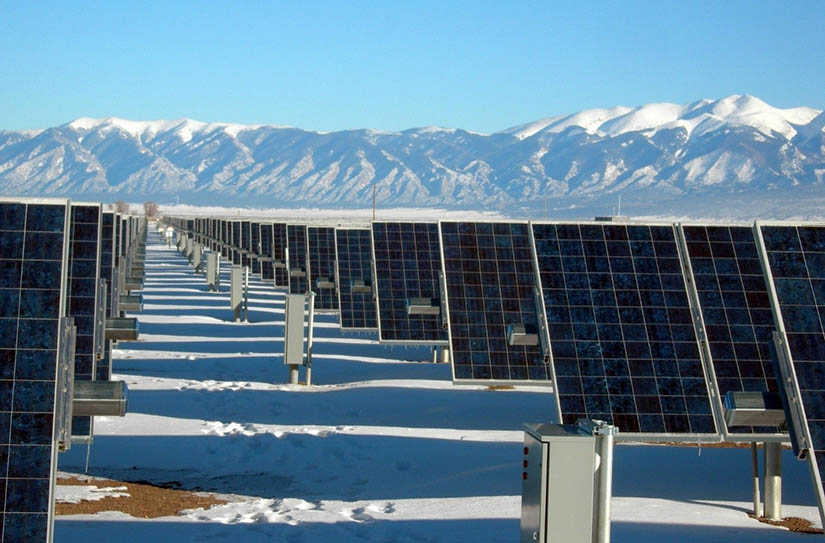The California Independent System Operator connected the largest battery storage resource in the nation to its power grid last month. The initial phase of LS Power Group’s Gateway Energy Storage Project in San Diego County came online June 9, adding 62.5 MW of storage interconnection to the ISO grid, which currently has just over 216 MW of storage capacity in commercial operation. “We are at a turning point for storage on our system,” said Steve Berberich, ISO CEO. Source: CAISO
Ares Management, Cyrus, and Keyframe Partner with Wunder Capital to invest more than $100 million in the U.S. commercial solar market: Wunder, a fintech company, makes solar more accessible for businesses, municipalities, and nonprofits, gives investment partners programmatic access to solar investment opportunities. Source: Wunder Capital
Solar firm buying land rights near coal plants with eye toward transmission: As coal plants retire, they leave behind power lines and grid connections that can be a big asset to renewable developers. A utility-scale solar developer is acquiring land rights near U.S. coal-fired power plants, hoping the facilities will close sooner than expected and open up lucrative transmission connections. Photosol US, a subsidiary of a French company, has purchased options near plants in Nebraska and Kansas, as well as the San Juan Generating Station in northern New Mexico. Source: ENN
New project will tackle barriers to energy storage interconnection: Despite significant growth of the energy storage market in recent years, the process of connecting this technology to the electricity grid remains complex and unclear in many states. A new project aims to simplify the interconnection process for energy storage. The project team, led by the Interstate Renewable Energy Council (IREC), will identify and develop solutions to regulatory and technical barriers in the interconnection process of standalone energy storage and solar-plus-storage projects. Source: IREC
NREL research points to strategies for recycling of solar panels: There is expected to be an explosion of retired PV modules by 2050. PV modules have a 30-year lifespan and there is currently no plan for how to manage the end of their lifespan. The volume of modules no longer needed could total 80 million metric tons by 2050. In addition to quantity, the nature of the waste also poses challenges. PV modules are made of valuable, precious, critical, and toxic materials. There is currently no standard for how to recycle the valuable ones and mitigate the toxic ones. Source: NREL
This content is protected by copyright and may not be reused. If you want to cooperate with us and would like to reuse some of our content, please contact: editors@pv-magazine.com.








By submitting this form you agree to pv magazine using your data for the purposes of publishing your comment.
Your personal data will only be disclosed or otherwise transmitted to third parties for the purposes of spam filtering or if this is necessary for technical maintenance of the website. Any other transfer to third parties will not take place unless this is justified on the basis of applicable data protection regulations or if pv magazine is legally obliged to do so.
You may revoke this consent at any time with effect for the future, in which case your personal data will be deleted immediately. Otherwise, your data will be deleted if pv magazine has processed your request or the purpose of data storage is fulfilled.
Further information on data privacy can be found in our Data Protection Policy.